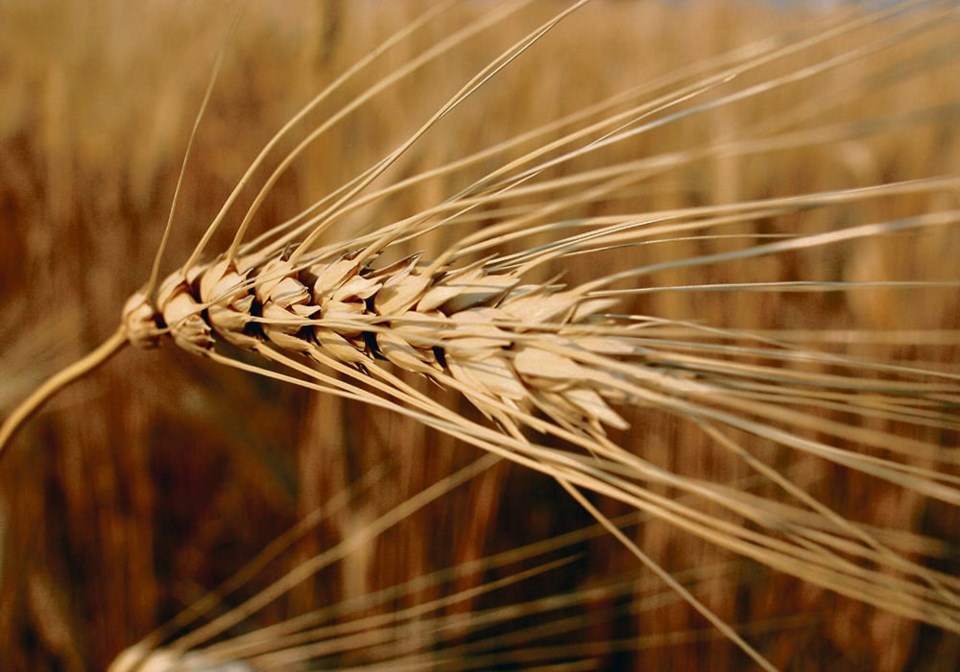WESTERN PRODUCER — Canadian durum prices have likely already peaked for the 2022-23 marketing year but there are plenty of factors that could drive durum markets higher in 2023-24, says a market analyst.
Locking in a portion of the 2023 harvest might not be a bad option for some Canadian producers, added Marlene Boersch, owner of Mercantile Consulting Venture Inc.
But growers probably shouldn’t be in a panic to lock in new crop prices just yet.
“I know some people who fixed this week at $11.50 a bushel and there were some $12 bids earlier,” Boersch said during a sideline interview at Durum Summit 2023, an industry event held Feb. 1 in Swift Current, Sask.
“Personally, I find it a bit premature for that simply because we don’t quite know the acreage levels yet and we still have some concerns about soil moisture….
“If somebody wants to fix some of their production now, then certainly that’s an option. But just looking at markets, I think I would wait a little bit.”
In a market outlook presentation to growers, Boersch said the global balance sheet for durum has stabilized.
Estimated North American production in 2022 was up by a little more than three million tonnes compared to the previous year.
Canadian growers harvested an estimated 5.44 million tonnes of durum in 2022 — up 2.4 million tonnes from 2021 — and U.S. production jumped by more 700,000 tonnes to 1.74 million tonnes.
Together, Canada and the United Sates typically account for about 20 percent of global production and 25 percent of global exports.
Among the world’s four largest exporters — Canada, the United States, Mexico and European Union — Canada typically accounts for between 55 and 60 percent of total export volumes.
Thanks to higher North American production in 2022, the industry is expecting a global carry-out of approximately 3.8 million tonnes, Boersch said.
She added market analysts will be watching global plantings and production estimates closely in the coming months.
In late January, Agriculture Canada projected a six percent reduction in Canadian durum plantings this spring, an estimate that Boersch considers high.
“I’m not sure about that,” she said.
“I think we might lose some (western Canadian) acres in the fringe areas, where you can switch to spring wheat. But I don’t really see that happening in the core durum areas,” she added.
“I would say we’ll see a very small reduction to almost even acreage for next year, and then, the most important item to watch will be what yield prospects look like.”
Canadian growers planted nearly six million acres of durum in 2022, up slightly from the recent annual average of 5.3 million acres.
Average yields last year came in at around 34 bushels per acre, up sharply from 2021 but still well below the 10-year average, based on harvested yields between 2011 to 2020.
American production estimates from the U.S. Department of Agriculture aren’t scheduled to come out until the end of March.
In Europe, durum production has been following a downward trend line for several years and there’s no obvious reason to believe that will change anytime soon.
One European analyst recently projected an 8.5 million tonne durum crop in Europe this year. That would be the equivalent of an 18 percent year-over-year increase in EU production.
Boersch questioned that figure and suggested that European demand for Canadian durum isn’t likely to soften significantly in 2023.
“We have seen a long-term trend of reduced durum production in Europe and I think that will continue,” she said.
EU endings stocks by the end of July are likely to reach their lowest level since 2007-08.
Production in North Africa also warrants close attention, said Boersch, particularly in the durum-importing nations of Morocco, Tunisia and Algeria.
In Morocco, all-wheat production was down sharply in 2022, falling to roughly 2.7 million tonnes last year from nearly 7.5 million tonnes in 2021.
The countries’ all-wheat imports rose accordingly, jumping to 7.4 million tonnes in 2022 from roughly four million tonnes a year earlier.
Wheat imports for 2022-23 are expected to be relatively high in all three nations, thanks to limited or insufficient moisture in most wheat-growing regions of North Africa.

